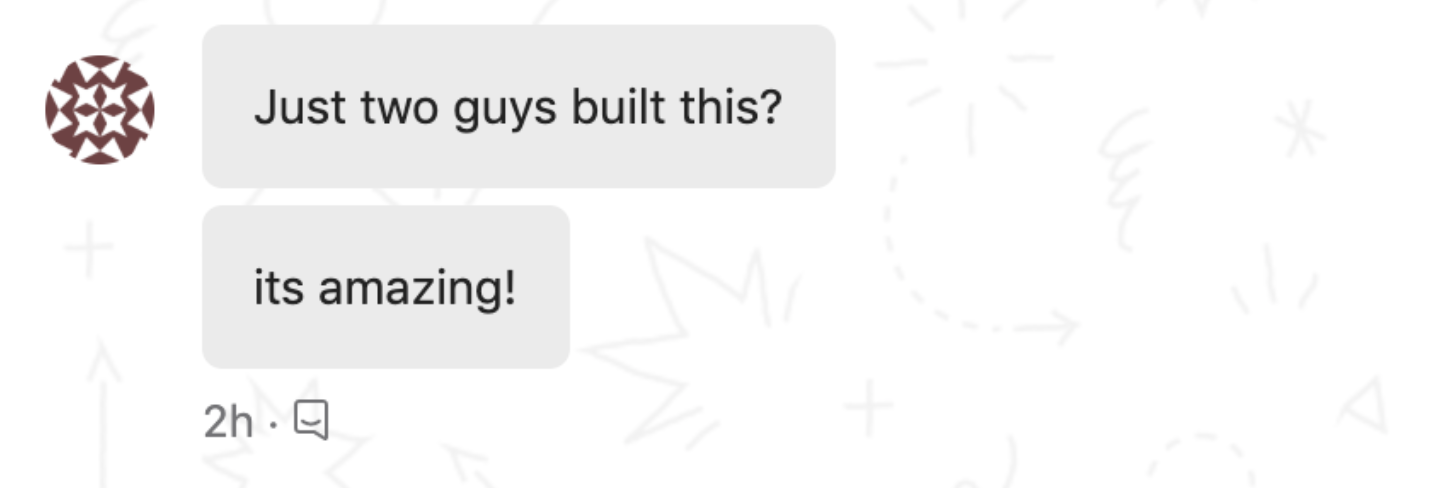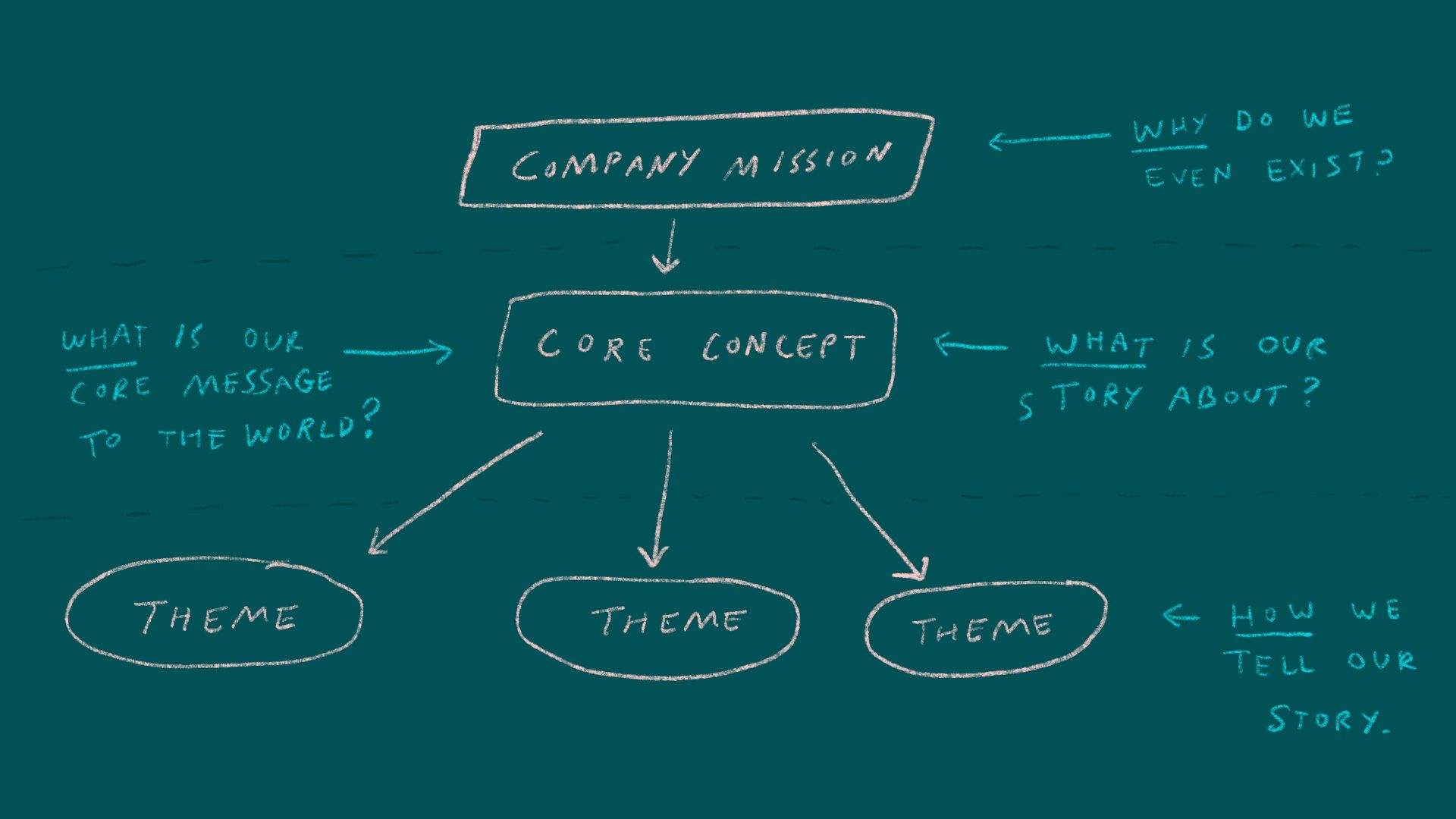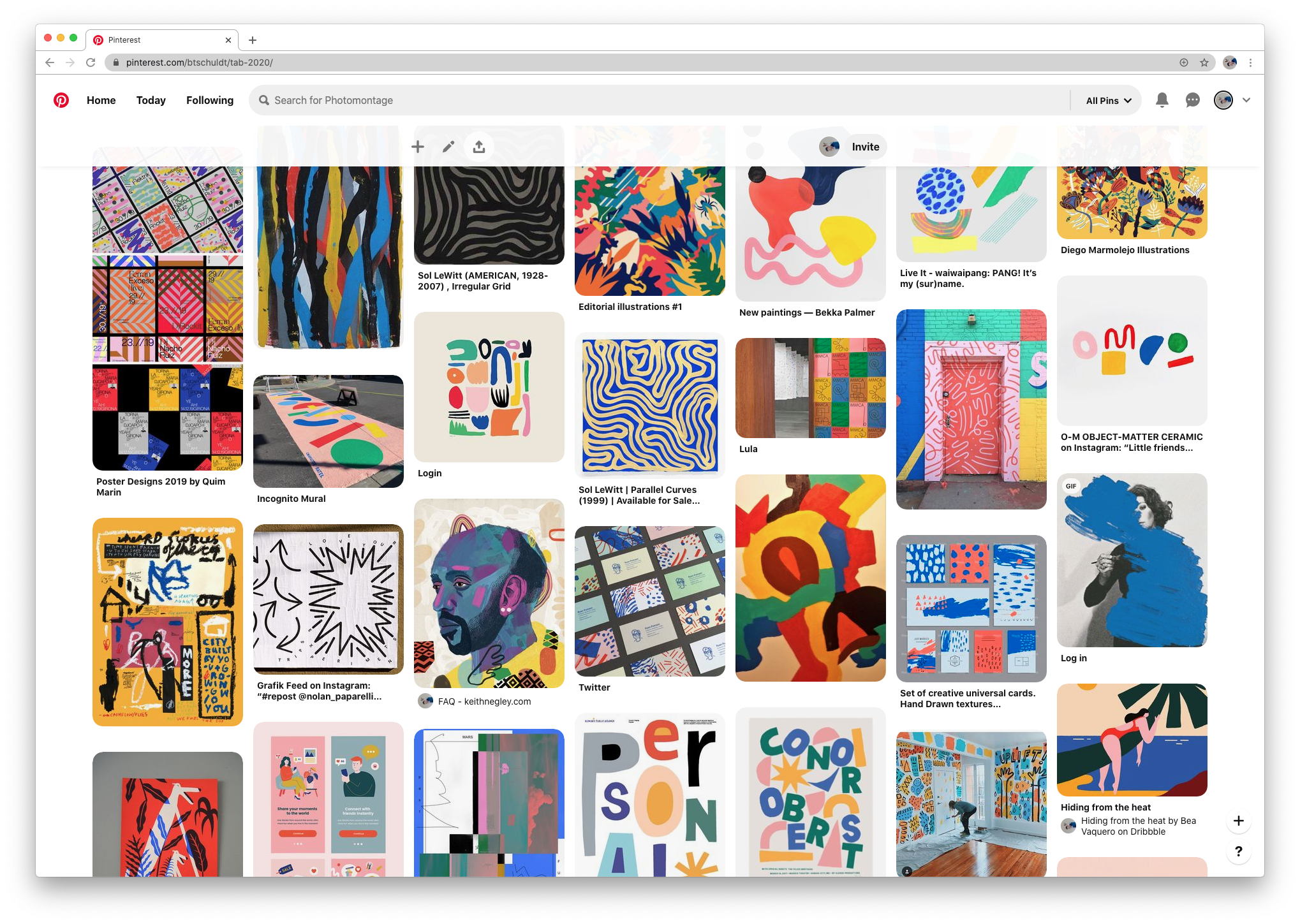Building Better Brands: Branding for start-ups

Last week, I laid out a few ideas around building a successful and impactful modern brand – the key point being that your brand should be flexible, scalable, honest and unique to your company (and people).
If you want to go back here are my previous posts:
Over the next few posts I want to talk about how to now apply this to a start up ✌️
The importance of brand and design
First off, design is important. More so than ever before. People actually care what their software looks like, and a software that has great features may lose to one that has slightly less but just looks and feels better to use. At Tability, we often get compliments on our design - mostly people impressed that could do so much with just the two of us.

For a start up, the biggest value that design can bring is just that. It helps you look legitimate, stand out, and punch above your weight class. It could take a while to see the value in your product, but only takes one moment to make a judgement on how somethings looks or feels. At our stage, we compete with companies that have more cash, more customers, and more hands on deck. So it's important to us that when someone stumbles on our website that it's not obvious that we're scrappy.
Start with your story
As much as it's important to look good, it has to come from a genuine place.
It's easy to think of logos, colors, mascots and web designs as the first thing when thinking brand. Don't do this. It doesn't matter what others cool designs there are, what your competitors are doing that's great, or what you think is cool. When you brand yourself, dig deep into what your company story is, and start there.
At Tability, we started by laying these ideas out in our about page.

Brand is nothing more than that – your company story. It's an umbrella term for all the things that collectively tell people what you do, where you come from, and what you stand for. It's important to know what your company mission is when you start to brand – in fact that's the most important thing.
As a start up knowing and understanding your story deeply is really important, not only to brand but in having a successful start up as well. Having examined your story, you know why you decided to start this company and why your product is important. These are the types of ideas that make you unique and give you a story to tell to begin with.
Now write, write, write! Write all about what you think your company stands for, then let's break it down.
Company Values to Brand Values
Once you've explored your story and your values, translate them into story telling themes that you want to come across in all your work.

For us it looked like this:

We wrote pages and pages about what all these things mean to us. The Brand Themes (bottom row) that we finally landed on are the key ideas we thought were important in telling our side of the Focus and Accountability story.
For example this is what we wrote about Balance:
Collaboration demands balance. It provides trust, stability, and belonging. Teamwork is being inspired by the people around you and knowing that they have your back if you fall short. It's clarity in knowing where people need help, and also being able to celebrate each others successes. A healthy company requires balance in power, balance in diversity, and balance in the way they work together. Everybody needs to practice healthy work-life balance to maintain their own happiness and bring their best self to work.
Accountability is not about being watched or micromanaged, but about being an essential piece of the puzzle. We want to empower people through knowing their place and giving them stable footing in the work they can be proud of.
By having these three themes to work with, we can always lean on one of them to help drive a story and keep it always relevant to the message above. Balance, Clarity, and Comfort give us tangible themes that we can also produce visually in many unique ways.
Getting visual
From here we used our themes to try and pick out how it can be illustrated in a visual way. I prefer to create a mood board on Pinterest, collecting illustrations, words, photos that we can tie to all the themes that relate to us uniquely.
Here's what ours looked like:

Now an important part of this process to understand is that we're not merely ripping off all these artists. Don't focus too much on a singular piece, but collect a lot of images and think of it as a whole. The compilation of the images creates a whole new image and meaning and that's what will start to look like something you can use to represent YOU.
Have fun with it
As a start up this is all you need to get started with your branding. You now have the core messaging, the themes to tell your story, and visual values that you can use to help illustrate it. As a start up you're not going to need to build a detailed brand guideline – you probably don't have the volume of work to need it yet.
Your primary advantage as a start up is the ability to move flexibly and build quickly. Having too many brand guidelines at this point will only slow you down. So take the ideas laid out above and explore the creative side of your company. Let it flow! Play around! Things will always change as you grow and evolve as a company, but the foundation you build in this time will inform the future and help you grow something authentic and unique to you.
In my next post I'll go into a few simple brand assets you can put together to help you keep your work consistent and maintain flexibility 🎨

